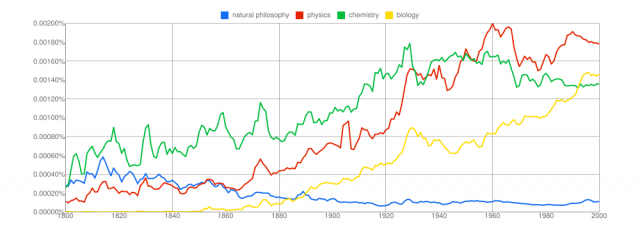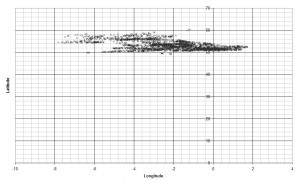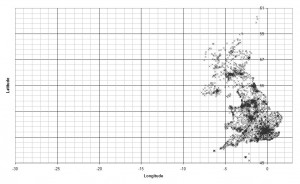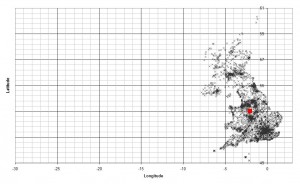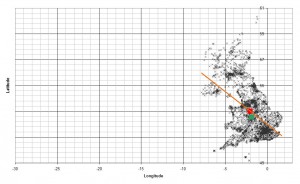I’ve heard it said that:
The 19th Century was the century of chemistry,
The 20th Century was the century of physics,
The 21st Century will be the century of biology.
And that’s probably accurate*.
Google’s Labs division has released a new product, the Books Ngram Viewer (an n-gram is a string of characters where n represents the number of characters). Google’s n-gram viewer is based on the enormous corpus created by the Google Books program that has digitised more than fifteen million books.
It’s quite interesting to look at the appearances of the sciences in the record; it seems to confirm the aphorism above.
“Natural philosophy” dominates until the 1850s when “physics” becomes the more common term. “Chemistry” clearly dominates over “physics” until the 1920s at which point there are a number of exchanges until the late 1950s after which point “physics” is the dominant term. You can also see “biology” overtaking “chemistry” in the 1990s.
* This is only because physicists have switched their attentions to areas of biology like bioinformatics and computational biology.
